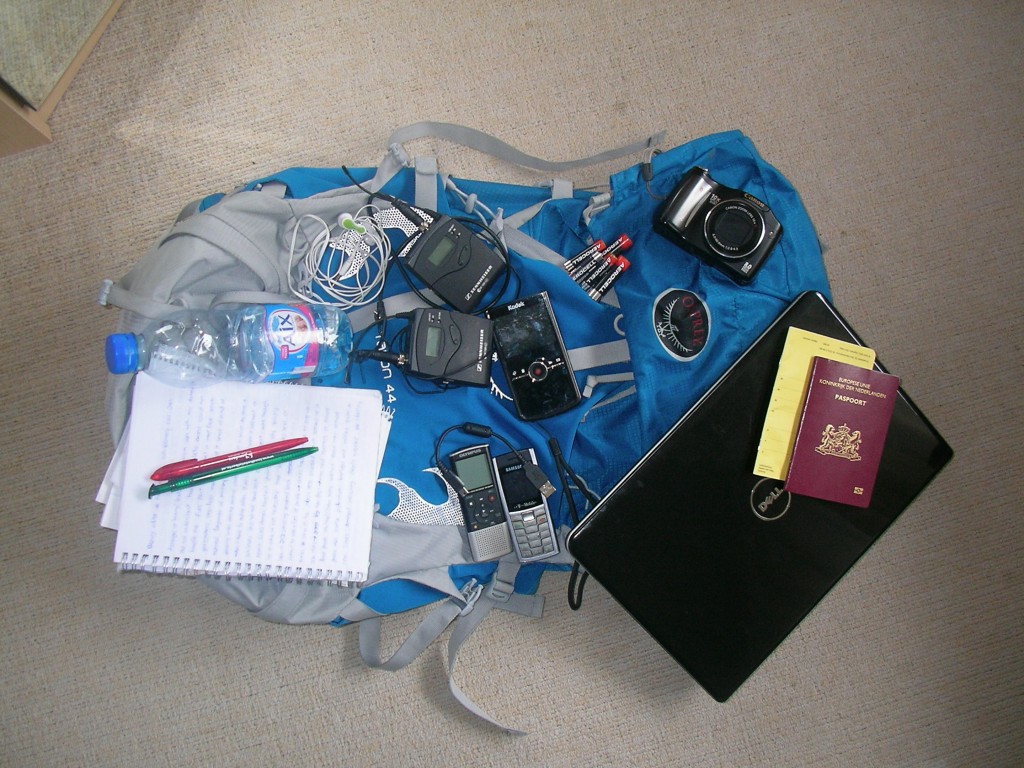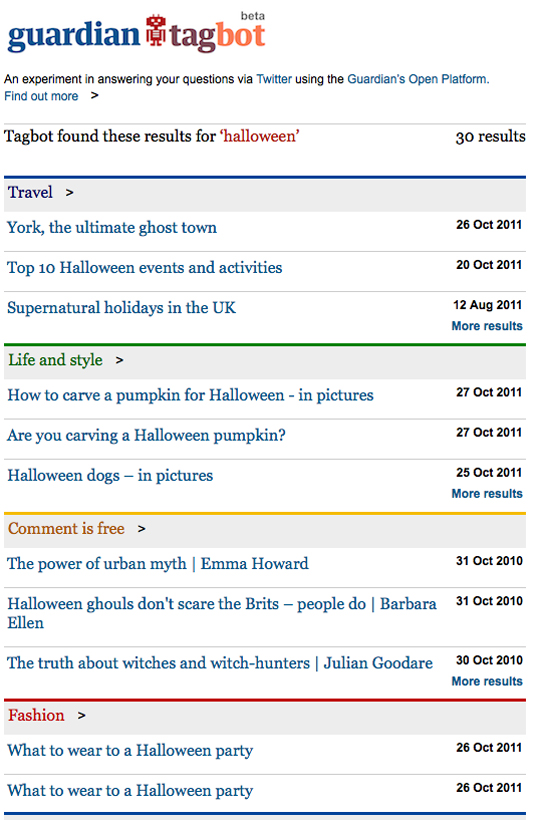The use of the image of Muammar Gaddafi’s corpse in coverage of his death caused much controversy earlier this month, as newsrooms across the country made decisions about which images to use and with what prominence. At the time newspapers and broadcasters swiftly sought to explain the reasoning for their decisions to their audience, with the BBC’s Steve Herrmann issuing a statement to say the BBC News site would be “working on ways to ensure that we can give appropriate warnings on our website when we think images from the news are especially disturbing”.
And the debate continues, with the Guardian’s readers’ editor Chris Elliot yesterday questioning the way in which the newspaper had used the images of Muammar Gaddafi’s corpse after it emerged he had been killed.
In a column published yesterday Elliot revealed that almost 60 readers wrote to him or the letters page to complain about the use of the images “as gratuitous, exploitative or triumphalist” while others posted criticisms online.
Elliot concludes that while he agreed with the decision to publish at the time, he is now “less convinced” about the manner in which they were used.
The scale of the photo on the newspaper front page of 21 October and prominent picture use on the website took us too close to appearing to revel in the killing rather than reporting it. And that is something that should feature in our deliberations the next time – and there will be a next time – such a situation arises.
Interestingly he added that in 2006, when the Guardian published images of Saddam Hussein after being hanged, it received more than 200 complaints.
However the Guardian’s media commentator Roy Greenslade does not agree with Elliot, arguing that “it was a valid journalistic response to this most extraordinary of news stories to publish the picture and to publish it big on the front page”.
It was news – gruesome, grisly, ghastly (choose your own shock adjective) news – and the images told a story of brutality and mob chaos that could not be explained in words alone.




